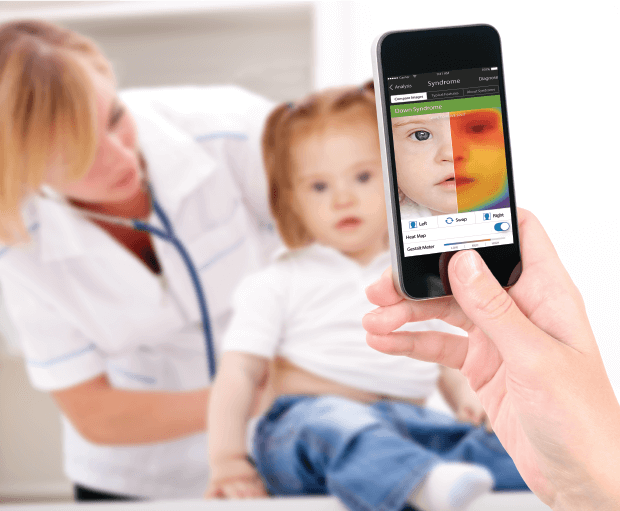Marfan syndrome Genetic Testing
Marfan Genetic Testing
Marfan syndrome is a condition which affects the connective tissue in the body. As this tissue can be found throughout the body, the syndrome can affect multiple parts of the body.
The three main parts of the body affected by the syndrome include the ocular system (the eyes), the skeletal system, and the cardiovascular system.
The syndrome is inherited, and the result of mutations on a gene known as FBN1, located on chromosome 15. Up to 75% of diagnosed cases are believed to be inherited. The remainder are the result of a new or random mutation in the gene which occurs during reproduction.
When inherited the gene responsible for the syndrome is passed on in an autosomal dominant pattern of inheritance. This means just one parent, of the affected child, is a carrier of the gene mutation. Syndromes, such as Marfan, which are inherited in an autosomal dominant pattern, require just one copy of the gene mutation to occur. Any parent who is a carrier of the FBN1 gene mutation has a 50% chance of passing the mutation on to their children. This risk remains the same for each child they have.
Who
Anyone displaying symptoms of the syndrome
An individual with symptoms of Marfan syndrome, and specifically those which affect the eyes, skeletal system, and cardiovascular system, may prompt a recommendation for genetic testing. If these symptoms seem to have no other known cause, Marfan syndrome may be suspected, and testing recommended.
Symptoms may vary widely between individuals with Marfan, especially in terms of their severity, presentation, and age at which they develop. As with any rare disease, this can make it difficult to diagnose from symptoms alone. Generally children are rarely diagnosed with the syndrome, even those it is congenital, as symptoms present later in childhood or the teenage years.
In some cases symptoms may vary widely and hardly affect the quality of life of an affected individual. Abraham Lincoln is known to have had Marfan syndrome, as well as the Olympic swimmer Michael Phelps.
However a diagnosis on symptoms alone is not enough, nor accurate enough. As a connective tissue disorder, Marfan shares overlapping and common symptoms with other tissue conditions, such as Ehlers-Danlos, and Beals syndrome. Diagnosing the symptoms of Marfan requires a specialist understanding of the connective tissue rare diseases and their subtle differences.
Anyone with a known family history of the syndrome or gene mutation which causes
Children of a parent with Marfan, or children with siblings with the syndrome, should be referred to genetic testing as well. A parent with Marfan has a 50% chance of passing it on to their children, which is a high enough risk to warrant genetic testing, even without noticeable symptoms.
Anyone with a pattern of related symptoms in the family
Oftentimes, if symptoms present mildly there may be a pattern of Margan syndrome symptoms in an extended family. Anyone with a family medical history of Marfan syndrome symptoms may be referred to genetic testing. If this genetic testing then confirms Marfan, the recommendation for testing would be extended to more members of the family.
Genetic diagnosis for Marfan syndrome
Before testing
Before a recommendation for genetic testing is made, generally a physical examination of specific parts of the body will be performed to understand more about an individual’s medical health and it’s potential link to Marfan.
This medical examination will focus on the heart, and the skin – sagging skin and stretch marks are characteristic of the syndrome in many people. It will also look for common features associated with the condition such as long and thin limbs, a curved spine, and a high palate.
This examination may also include more specific medical testing, including that designed to evaluate the health of the heart, for example an echocardiogram and electrocardiogram.
An eye examination should also take place, and specifically one known as a ‘slit lamp’ evaluation to check if the lenses in the eye are in place or not. Tests may also be conducted to look for other specific signs of Marfan, including an MRI of the lower back to check for dural ectasia, which is a swelling of the sac surrounding the spinal column.
The testing
Genetic testing for Marfan will involve a blood test to identify the FBN1 gene mutation. There are in fact over 2,000 mutations within the FBN1 gene known to cause Marfan, and each of these mutations is often unique to a family.
Before undergoing genetic testing for Marfan an individual or family should attend genetic counseling sessions, in order to understand more about the process, the syndrome itself, and what it means to live with Marfan. There are a number of genetic testing companies offering screening and testing services for a range of rare diseases, a genetic counselor can help patients and families navigate these.







